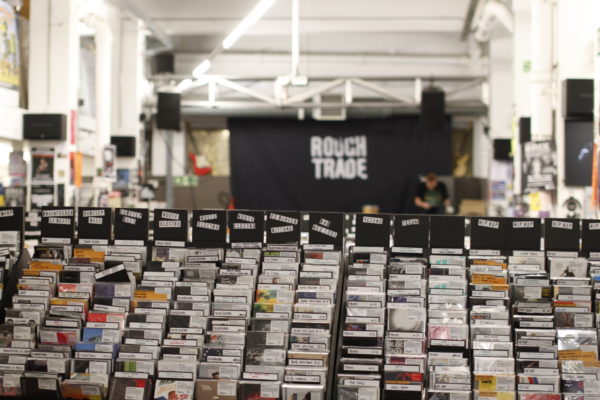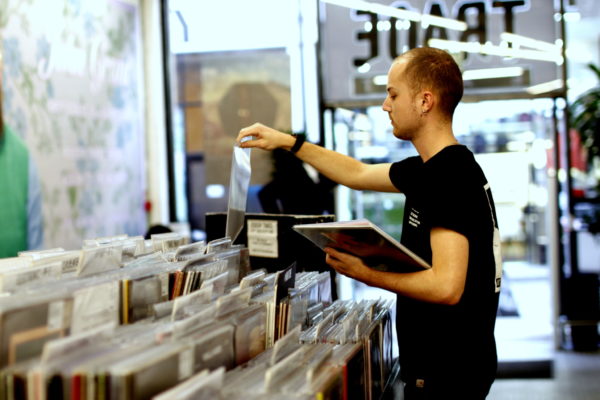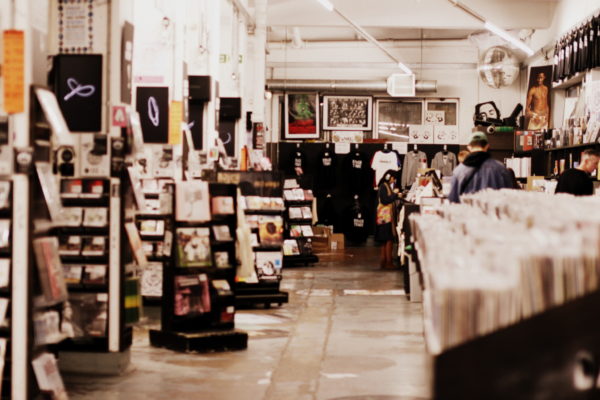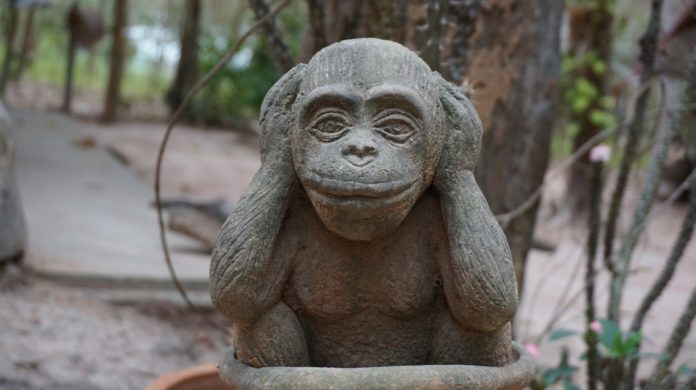In 2016, what is the point of independent record labels. Do they still matter?
It’s been nine years since Julian Casablancas started his Cult Records label and 40 years since Geoff Travis established Rough Trade in West London (nearly 30 years before Rough Trade set up shop in the East). After four decades, then, it’s about time we asked whether independent record labels still have a major contribution to make to the music scene.

One man who knows a thing or two about saving Indie Rock N’ Roll is the aforementioned Julian Casablancas, denim jacket clad leader of The Strokes. In 2001 The Strokes led a guitar revolution on both sides of the Atlantic, becoming the voice of a generation. Casablancas set up Cult Records in 2009 as a way of getting immediate exposure for innovative new bands. Cult Records boasts an impressive crowd of fresh artists such as brash Punk rockers Cerebal Ballszy and the Stroke-like Growlers. Despite the label still being in short pants, it has a great reputation, possibly down to the trust that millions of indieheads have in Casablancas. Accordingly, The Growlers have already sold out Camden’s Electric Ballroom, and since this is largely a result of Cult Records’ cult status (no less!), it also serves to show that an independent record label can still carry kudos and clout.
While the future looks bright for Cult Records, the legendary Rough Trade appears to be old news for the latest bright young things in Indie. Hence the most recent band to claim the ‘voice of a generation’ mantle – Peace, is signed to shiny, mega-corporate Sony (about as far removed from hoary old Rough Trade as you can get).

So what went wrong for the pioneer among UK independent labels? When it was first established, Rough Trade gave record deals to groups that the majors would have never touched. It’s arguable that Rough Trade, the independent record label, started Indie, the music genre, by releasing records that could only be bought in independent shops…like Rough Trade. For a while they had it all sewn up! The label made cult heroes of bands such as The Smiths and The Fall, and their initial success started to pose a threat to major labels. But nothing lasts forever…..
For Millennials, Rough Trade is synonymous with The Strokes and The Libertines. These two, particularly The Strokes, put a high emphasis on standing out again the ‘irrelevant’ mainstream. In the early years of this century, Rough Trade was once again at the top of the pile. But then The Strokes struck out on their own, and The Libertines (living up to their name) collapsed into sorry tales of drunkenness and thievery. So what does this grand old label stand for now, other than owning the largest independent record shop in the country?
In the Spotify stream-driven modern music industry Indie records can be listened to anywhere at any time. No one has to go to an Indie record store to buy them. Just about all the records on sale in Rough Trade can be bought in any branch of HMV. Meaning RT is no longer the sole place people will flock to, to buy Indie records. Indeed there is no longer a war between mainstream and Indie, as Indie becomes more of a term to describe a sound, rather than a way of producing records, or, as it was at the turn of the century (just about), a stance against the mainstream.
Not since The Libertines and The Strokes has Rough Trade offered a group of heroes raw enough and sexy enough to fill the ears of the Indie kids. It seems Rough Trade is losing its touch when it comes to signing artists. Currently Rough Trade has very little on its books to threaten bands like Arctic Monkeys and Peace. Palma Violets are their biggest hope at the moment but with a mediocre second album and a discernible lack of originality (despite being a great live band), they don’t look like being the first pick in the Indie sweet shop anytime soon.
A quick glance inside the Brick Lane store seems to suggest Rough Trade is more interested in dance music these days. The front part of the shop is dedicated to dance, i.e. they’re not exactly advertising themselves as the epicentre of Indie. Rough Trade East still puts on intimate and exciting in-store gigs. But most of the bands featured here go on to make record deals somewhere else – nowadays there’s less kudos to be had from sticking with the old man of Indie labels.

The original argument for signing to an Indie, was that the band would be free from corporate shackles on recording and marketing. Recently, however it appears the majors may have started to understand the appeal of the Indie sound and learned how to work with Indie bands. Peace’s second record ‘Happy People’ shows no signs of corporate overproduction. To the contrary, it’s one of the freshest records of the last 10 years.
In answer to the original question, YES INDIE LABELS STILL MATTER! We need them to keep Indie music true to what it has always been about: music as pure art. Who else but an indie label would allow a band called King Gizzard and the Lizard Wizard to create an album with only 4 tracks, each 11:10 in length, and of course, only released on vinyl?
If doubt creeps in, Indie labels could take heart from the success of Grime artist Skepta, who has never been on a major label. On the other hand, when he won the Mercury Music Prize this year Skepta had never been on any label of any kind – and this can only be unsettling for Indies. It suggests that the Grime scene may be taking over the anti-establishment position which used to belong to Indie; with or without the template of an independent record label, which at 40 years old has now entered middle age.
I don’t mean that Indie will go down tomorrow. It will never die, and there’s nothing the mainstream can do about it, but for Indie (the music) to thrive, Indie (the labels) need to do more than just survive.
The Listener will be back next week with another question to address.

